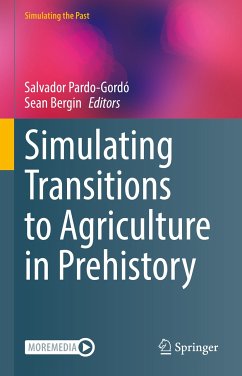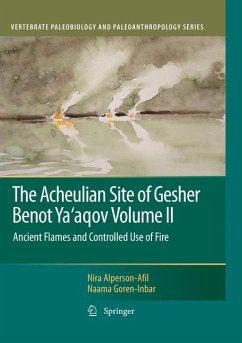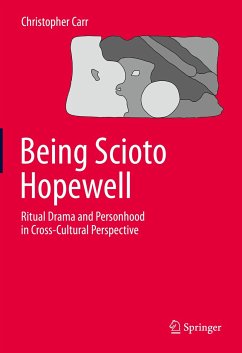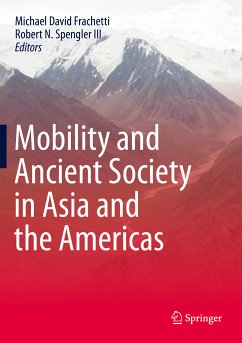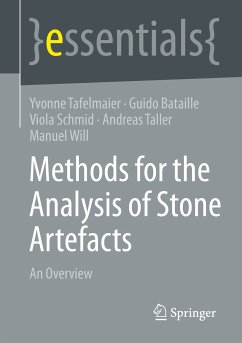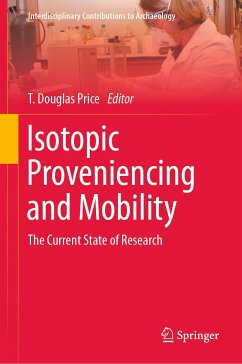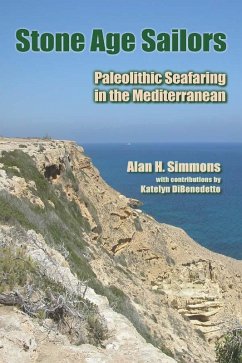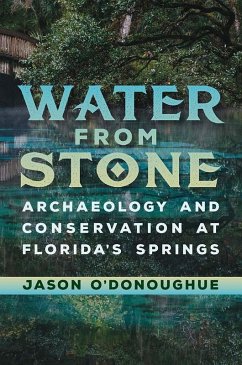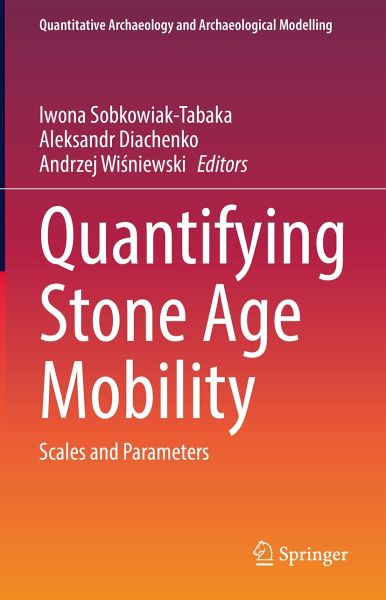
eBook, PDF
Quantifying Stone Age Mobility (eBook, PDF)
Scales and Parameters
Redaktion: Sobkowiak-Tabaka, Iwona; Wisniewski, Andrzej; Diachenko, Aleksandr

PAYBACK Punkte
52 °P sammeln!





Quantifying Stone Age Mobility (eBook, PDF)
Dieser Download kann aus rechtlichen Gründen nur mit Rechnungsadresse in A, B, BG, CY, CZ, D, DK, EW, E, FIN, F, GR, HR, H, IRL, I, LT, L, LR, M, NL, PL, P, R, S, SLO, SK ausgeliefert werden.
Iwona Sobkowiak-Tabaka is a University Professor of Archeology at the Adam Mickiewicz University at Poznä, Poland. Her research focus on the issue of Late Palaeolithic communities from the North European Plain, especially on the relations humans - environment. She carried out two multidisciplinary projects, financed by National Science Centre-Poland, aimed on recognition of the lifeways Late Palaeolithic and Mesolithic hunter-gatherers in present-day Western Poland. She also took part in excavations in Sudan (Khartoum, Khor Shambat) and analyzed Mesolithic pottery of that region. Her ongoing research covers transformations and modifications of culture in prehistory. Aleksandr Diachenko is a Senior Researcher at the Institute of Archaeology of the National Academy of Sciences of Ukraine, Kiev. His research interests cover archaeological method and theory, spatial analysis and mathematical simulations in archaeology, and Eneolithic of Southeastern Europe. His research on Cucuteni-Tripolye cultural complex focuses on settlement systems, mobility, including migratory behaviour, and culture change. Most recently Aleksandr Diachenko in collaboration with Iwona Sobkowiak-Tabaka develops mathematical approaches to the dynamics of prehistoric culture. Andrzej Wi¿niewski is a University Professor of Archeology at the University of Wroc¿aw, Poland. His research interests that encompass settlement strategies and technology of the Middle and Late Palaeolithic of Central Europe, implementation of statistical methods in archaeology as well as understanding of site formation processes, has resulted in numerous publications. He is a supporter of the multi-regional concept of the development of advanced lithic technologies in the Middle Palaeolithic. He is the project leader of excavations at Sowin, Haller Avenue in Wroc¿aw and Pietraszyn 49a (Poland). His main current research concerns the period of the disappearance of archaic people andthe beginnings of the anatomically modern humans.
Produktdetails
- Verlag: Springer Nature Switzerland
- Seitenzahl: 295
- Erscheinungstermin: 2. Juni 2022
- Englisch
- ISBN-13: 9783030943684
- Artikelnr.: 64135313
Für dieses Produkt wurde noch keine Bewertung abgegeben. Wir würden uns sehr freuen, wenn du die erste Bewertung schreibst!
Eine Bewertung schreiben
Eine Bewertung schreiben
Andere Kunden interessierten sich für


